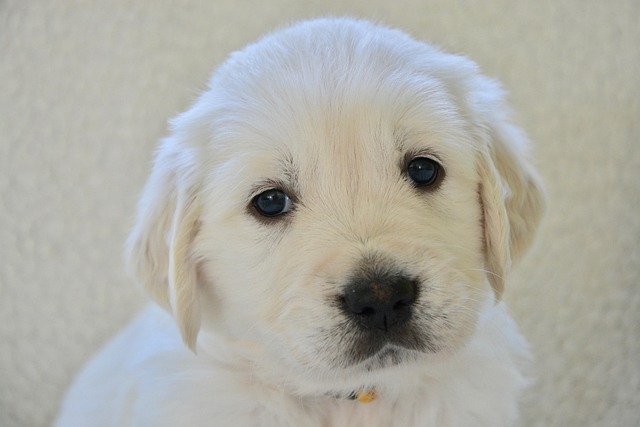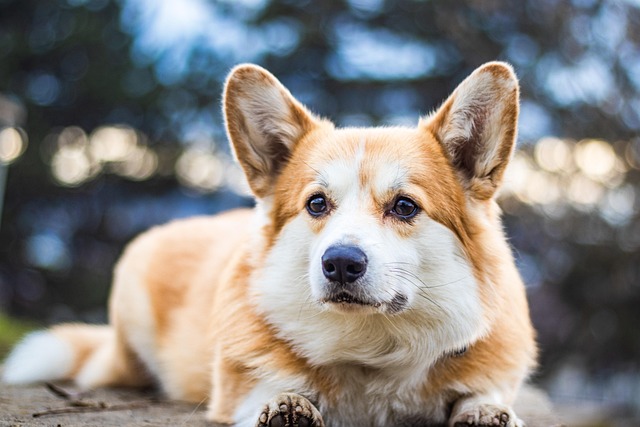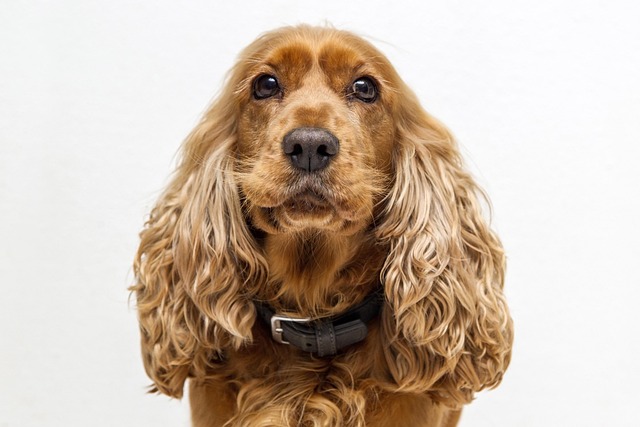That lunging, barking, or frantic pulling when your dog spots another canine on a walk can turn a pleasant stroll into a stressful ordeal. This reactivity often stems from fear, frustration, or over-arousal, not inherent aggression. Recognizing the triggers – whether it's the sight, sound, or close proximity of another dog – is the first step towards understanding your dog's distress and your own mounting frustration. It's a common challenge many owners face, feeling stuck and anxious about every potential encounter.
The path to calmer walks lies in two powerful, scientifically-backed techniques: desensitization and counterconditioning. Desensitization involves gradually exposing your dog to the trigger (other dogs) at a low intensity where they remain calm, slowly decreasing the distance or increasing exposure over many sessions. Counterconditioning works hand-in-hand, changing your dog's emotional response by pairing the sight of another dog with something incredibly positive, usually high-value treats. This combination teaches the dog that the presence of another dog predicts wonderful things, fundamentally shifting their feelings from anxiety or excitement to calm anticipation.
Implementing this requires patience and a systematic approach. Start by identifying your dog's threshold distance – the point where they notice another dog but haven't reacted yet (whale eye, stiffening, low growl). This might be 50, 100, or even 200 feet initially. Find a controlled environment, like a quiet park bench far from a path. The moment your dog spots another dog at this safe distance, immediately start feeding a constant stream of tiny, delicious treats (chicken, cheese, hot dog bits). The instant the other dog moves out of sight, stop the treats. This clear association – dog appears = treats rain down; dog disappears = treats stop – is crucial. Keep sessions short (5-10 minutes) and always end on a positive note before your dog becomes overwhelmed. Meticulously observe their body language; if they react (barking, lunging), you've moved too close too fast. Increase the distance immediately. Consistency is non-negotiable – aim for brief, frequent sessions (daily if possible) rather than infrequent long ones. Progress is measured in inches, not miles; celebrate tiny victories.
Expect setbacks; they are a normal part of the process. A particularly close encounter, a surprise dog rounding a corner, or even a stressful day for your dog can trigger a reaction. Don't punish this; simply increase distance and resume your positive reinforcement routine. Distractions like squirrels or loud noises can make it harder for your dog to focus; try moving to an even quieter location initially. Perhaps the most common pitfall is inconsistency in the owner's response. Everyone handling the dog must use the same technique. Skipping sessions or reacting anxiously yourself (tightening the leash, saying "It's okay!" nervously) can inadvertently reinforce the unwanted behavior. If progress stalls for weeks, don't force it; revisit your distance threshold or the value of your treats.
Beyond the core training, smart management significantly improves walks. Equipment matters: ditch retractable leashes and opt for a standard 4-6 foot leash and a secure front-clip harness, which offers more control and reduces pulling leverage without harming the dog. Plan walks during quieter times (early mornings, weekdays) and choose routes with good visibility and escape options (wide paths, areas with space to step off). Always prioritize safety – if an off-leash dog approaches, calmly create as much distance as possible. Crucially, know when to seek professional help. A certified professional dog trainer (CPDT-KA) or a veterinary behaviorist (Dip ACVB) is essential if your dog's reactivity is intense, involves aggression, or shows little improvement after consistent effort. They can assess your specific situation, rule out underlying pain or medical issues, and tailor a plan, potentially incorporating tools like a muzzle for safety during the training process. Remember, the goal is not just quieter walks, but a happier, less stressed companion. Patience, consistency, and celebrating small wins pave the way to peaceful strolls.





